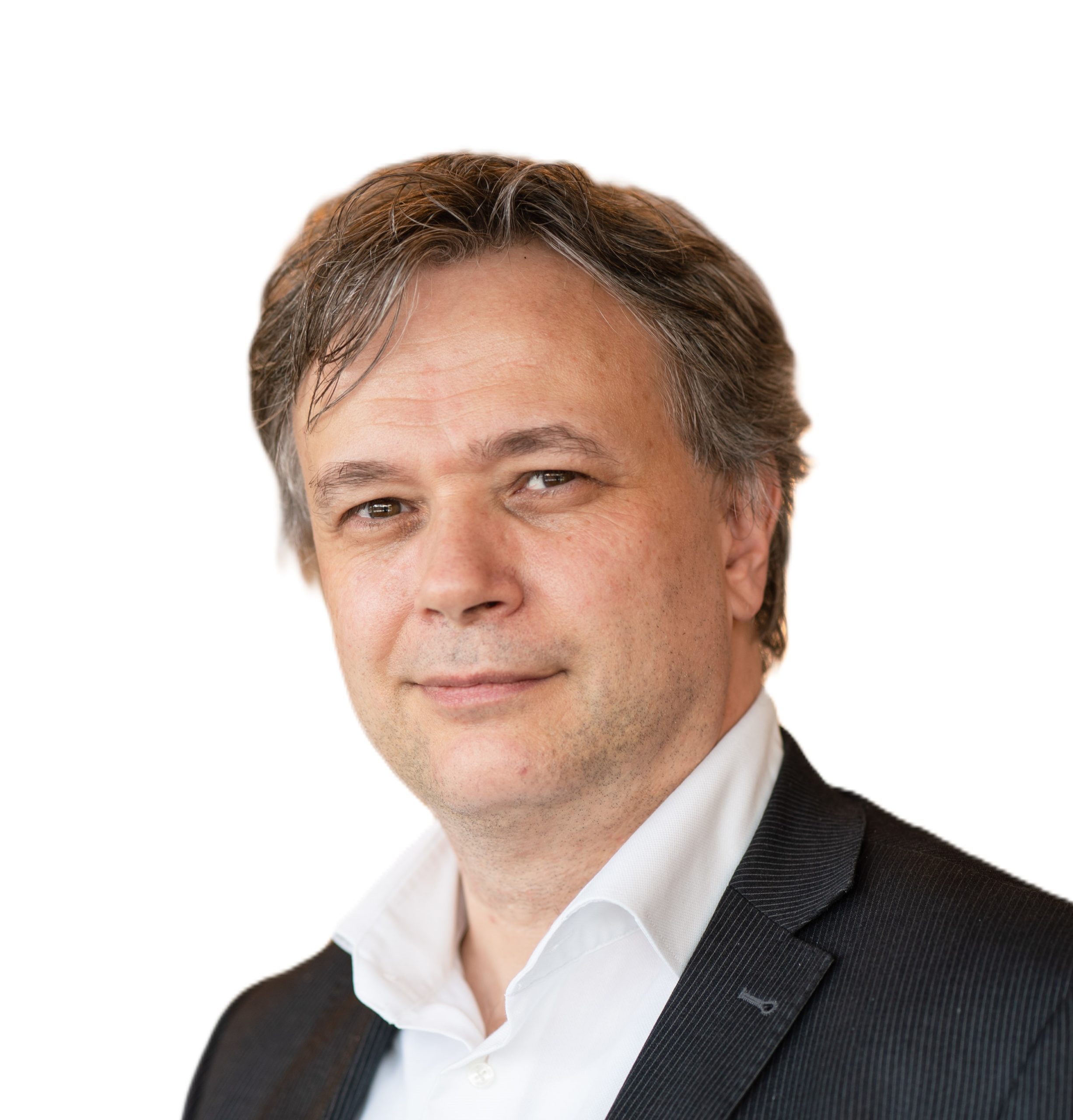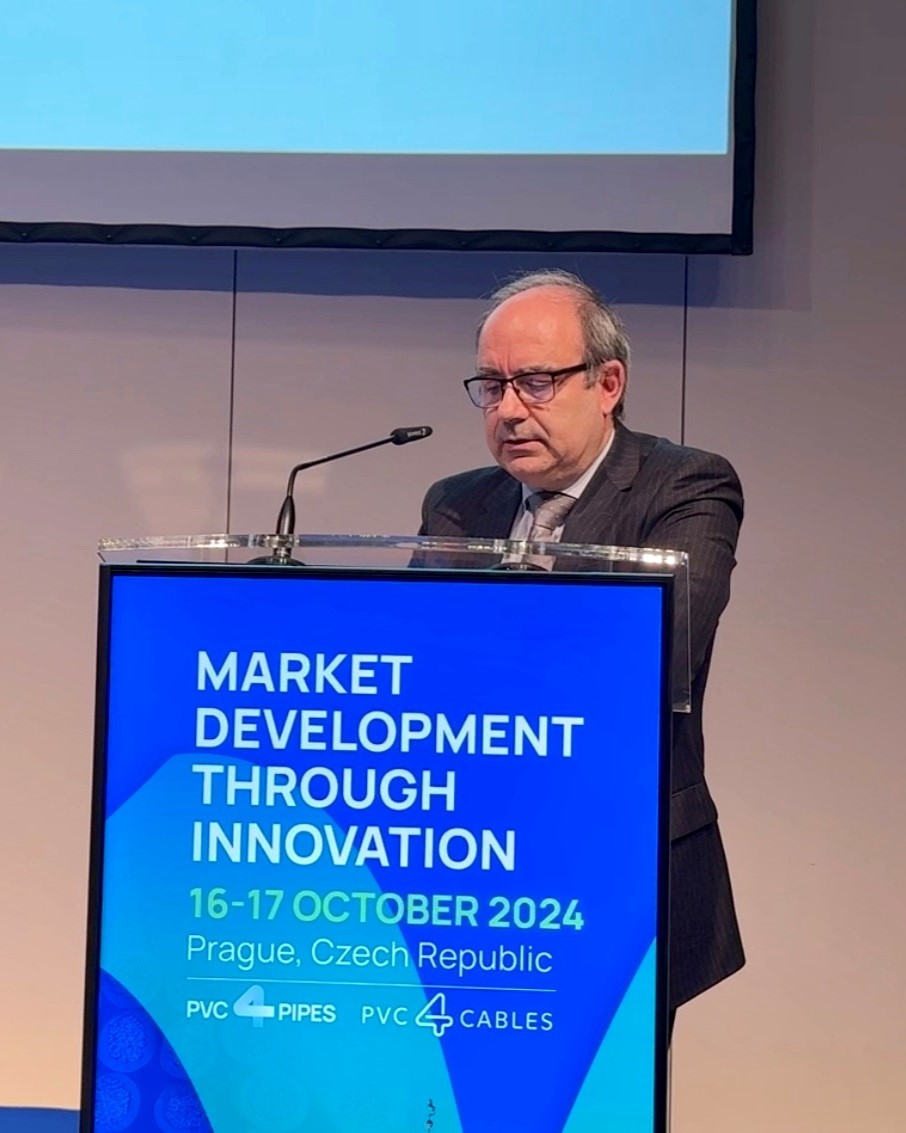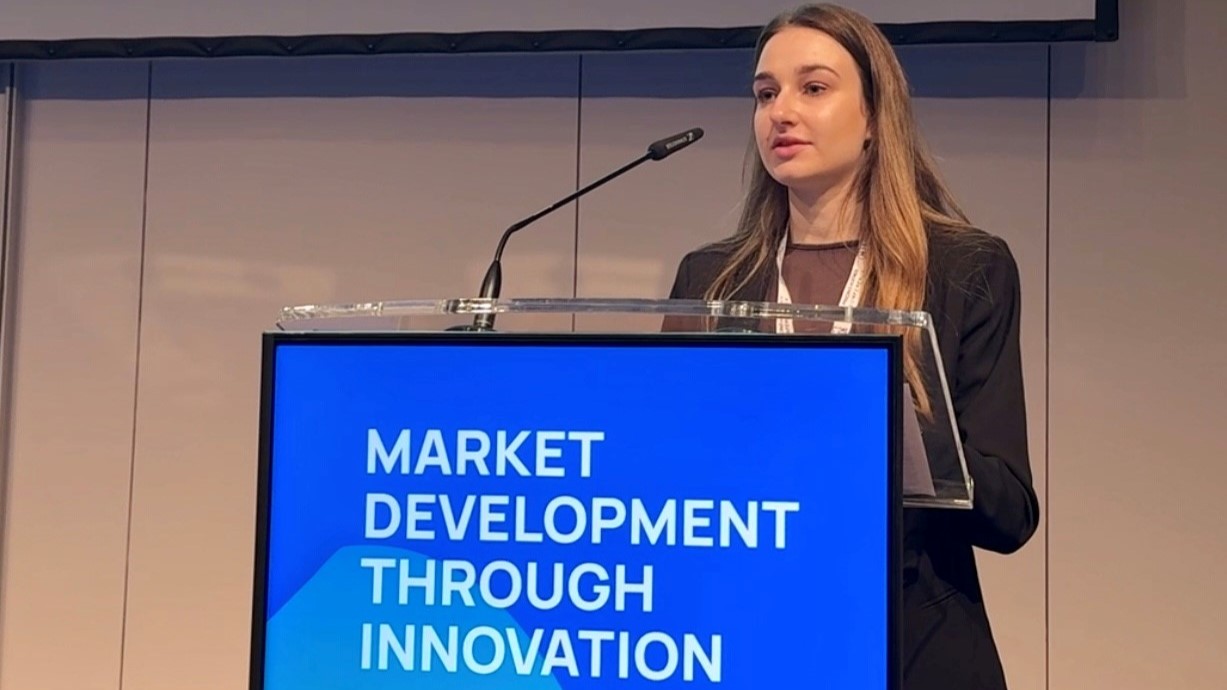Regulations impacting the European PVC pipes sector, market challenges for the industry and advances in technical performance were presented at the third PVC4Pipes conference with the theme ‘Market Development Through Innovation’.
Key topics explored by international experts highlighted sustainability trends within PVC pipe networks, innovative projects addressing material challenges and European standardisation developments.
The conference, which recently took place in Prague (CZ), attracted around 120 participants from 26 countries, including representatives from the whole supply chain, utilities, pipe manufacturers, compounders, equipment manufacturers, raw material suppliers and certification bodies.

“PVC pipes have demonstrated safety in use, proven durability, cost efficiency and eco-efficiency for more than eight decades. This has made them a sustainable choice for delivering essential services for the water, gas and sewer sectors over that time,” said Vincent Stone, PVC4Pipes Project Leader.
In her overview of challenges facing the PVC pipes industry in 2024, Elizaveta Harkusha of Chem-Courier examined how market dynamics, particularly in raw materials prices and supply from one side, and the key consuming sector — building and construction — from the other, are shaping the current landscape of the industry in Central Europe.

In his appraisal of global regulatory developments for the stabilisers used in PVC pipe, Stefan Fokken of Baerlocher asserted that continuous evolution of stabilisation technology is imperative to manage regulation and new technologies, concluding: “Calcium-based solutions for PVC-O pipes are available and in use, and tin-free solutions are available for C-PVC applications. The management of legacy additives is in focus to support progress towards circularity.”
On a solution for extracting legacy additives from PVC waste, Eric Romers, Head of Project Circle, Sustainability Business, at INEOS Inovyn shared progress on two pilot plants specifically designed to enhance a selective dissolution technology, saying: “This technology is crucial for recycling complex PVC waste, including PVC pipe waste containing legacy additives. The pilot plants are currently validating the lab test results, confirming the successful extraction of stabilisers and other additives, while ensuring compliance with REACH regulations.”

In a session dedicated to PVC Pipe Networks, Joaquín Lahoz Castillo of CEIS shared research into clarifying the relationships between processing temperatures and design lifetime for PVC-U pressure pipes, concluding: “The desired outcome of this project was to set up a correlation between extrusion temperature and Lower Prediction Level of the stress that a PVC-U pipe can withstand after 100 years (LPL100y).
“The increase of LPL100y allows the MRS250 classification to be extended up to 100+ years with the benefit for prescribers and designers to design their water networks for 100+ years using the design stress and design coefficient values typically used for a design lifetime of 50 years.”
On the future for PVC pipe networks, Amitosh Dash of Dutch specialists KWR Water Research Institute reported on the added value of a failure registration database and the development of a coordinated exit assessment programme for PVC pipes to assist decision-making for asset managers at drinking water utilities.
In a final session showcasing sustainable PVC pipes innovations, Roland Valk of Kiwa Technology shared latest research to demonstrate the readiness of PVC pipes for the hydrogen economy. He has shown the absence of impact of hydrogen ageing on leak tightness of PVC joints and the beneficial impact of orientation on hydrogen permeation for PVC-O pipes.
Rajesh Ranjan of Weld On Adhesives highlighted sustainable developments in the reduction of Volatile Organic Compounds (VOC) emissions from solvent cements. He said: “This provides an opportunity for solvent cement manufacturers to develop environment friendly products meeting the most stringent indoor and outdoor air quality standards required by the market.”
Marco Secchiari from Sica outlined innovative processes allowing to socket PVC-O pipes without losing their remarkable mechanical performances. These processes bring additional benefits for the water utilities selecting PVC-O pipes for their water distribution networks.



